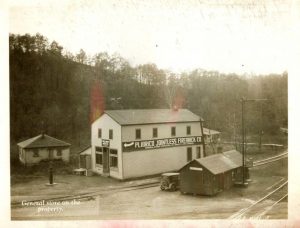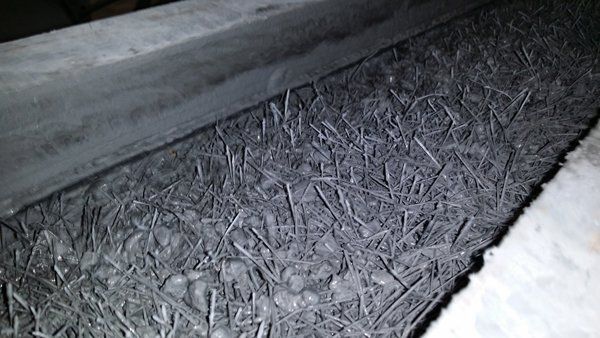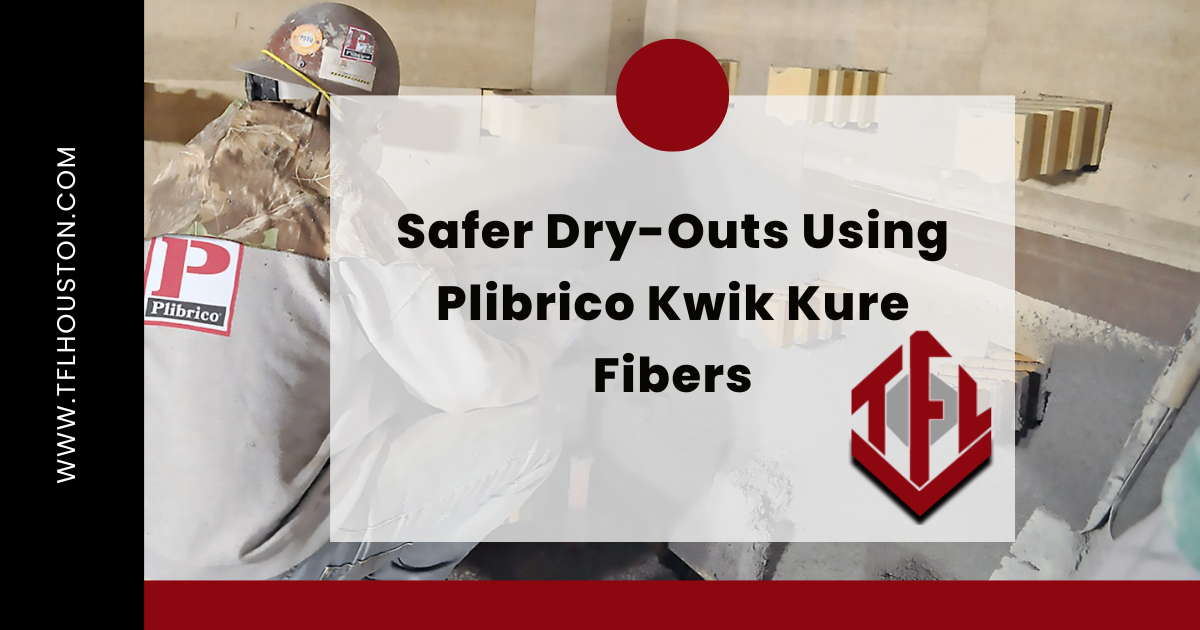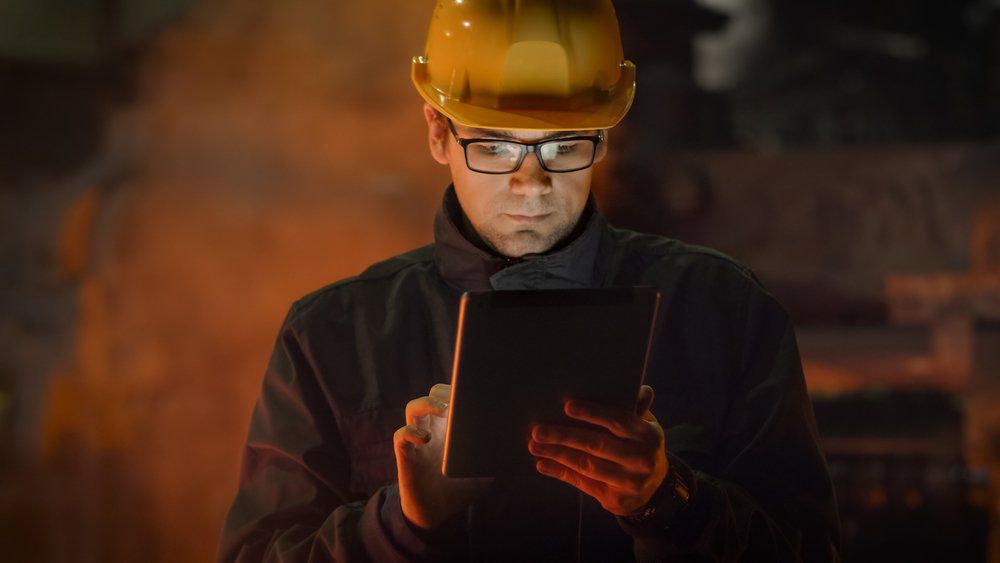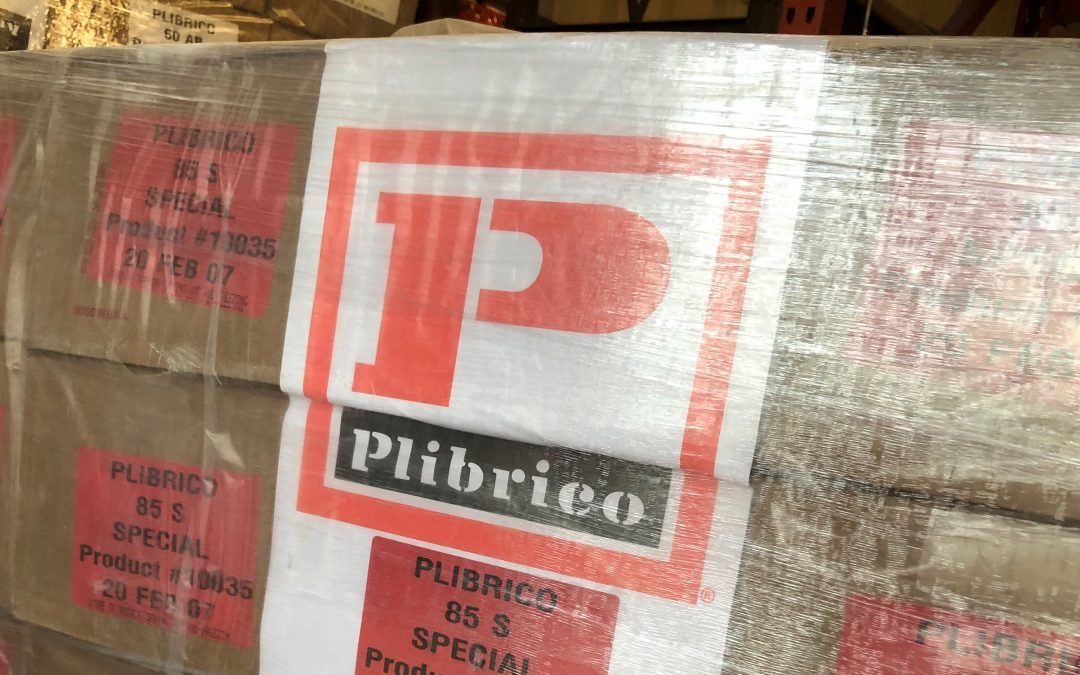3 Advantages of Precast Refractory Shapes Made with HyFIBER Technology
Plibrico’s HyFIBER technology utilizes a high concentration of stainless steel reinforcing fibers permeated with a low-cement castable slurry in the mold. The HyFIBER technology is used within our precast refractory shapes because of its distinctive characteristics.
Here are 3 reasons that we utilize HyFiber technology in some of our precast refractory shapes. #TFL #TFLHouston
Click To Tweet
The Advantages of HyFIBER Technology
Stainless steel reinforcing fibers are lightweight but incredibly strong. Complementing the high-strength fibers, the specially formulated HyFIBER castable slurry is specifically made to increase density while reducing water demand. HyFIBER products provide the thermal protection of refractory in high-temperature applications, along with the mechanical properties approaching those found in steel or cast iron parts.
Pro Tip: HyFIBER shapes have specific characteristics that make them totally unique.
Here are three advantages of HyFIBER technology in precast refractory shapes:
- High Toughness
- Impact Resistance
- Excellent Resistance to Thermal Shock
1) High Toughness
Toughness is the ability of a refractory shape to absorb high amounts of energy without shattering. HyFIBER shapes are designed for maximum toughness.
2) Impact Resistance
High impact loading on refractory shapes can be caused by dropping or falling furnace loads, or from unintended contact with equipment like forklifts or manipulators. These areas are great candidates for HyFIBER precast shapes .
3) Excellent Resistance to Thermal Shock
With the high amount of stainless steel fiber in HyFIBER shapes, they are able to withstand and resist damage due to extreme thermal cycling.
Unique Precast Refractory Shapes
HyFIBER technology proves to be beneficial in numerous refractory applications. Our unique refractory shapes utilize HyFIBER technology to be incredibly durable and provide excellent resistance to damage.
Would you like to know more about our precast refractory shapes made with HyFIBER technology? Join us on Facebook to speak with our refractory experts today!
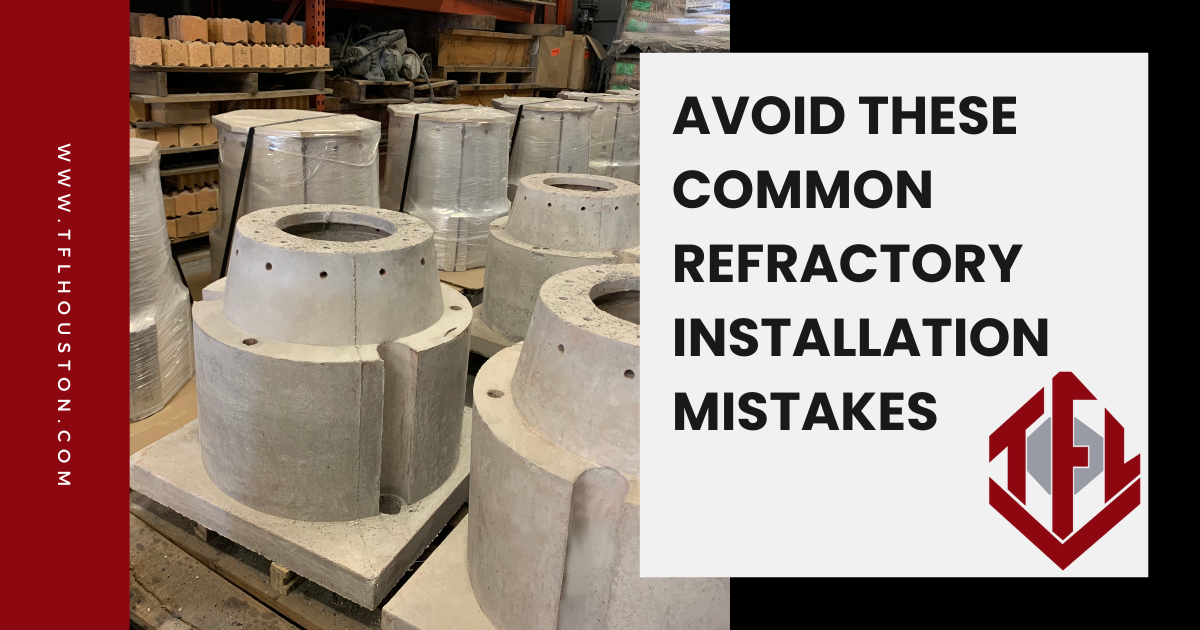
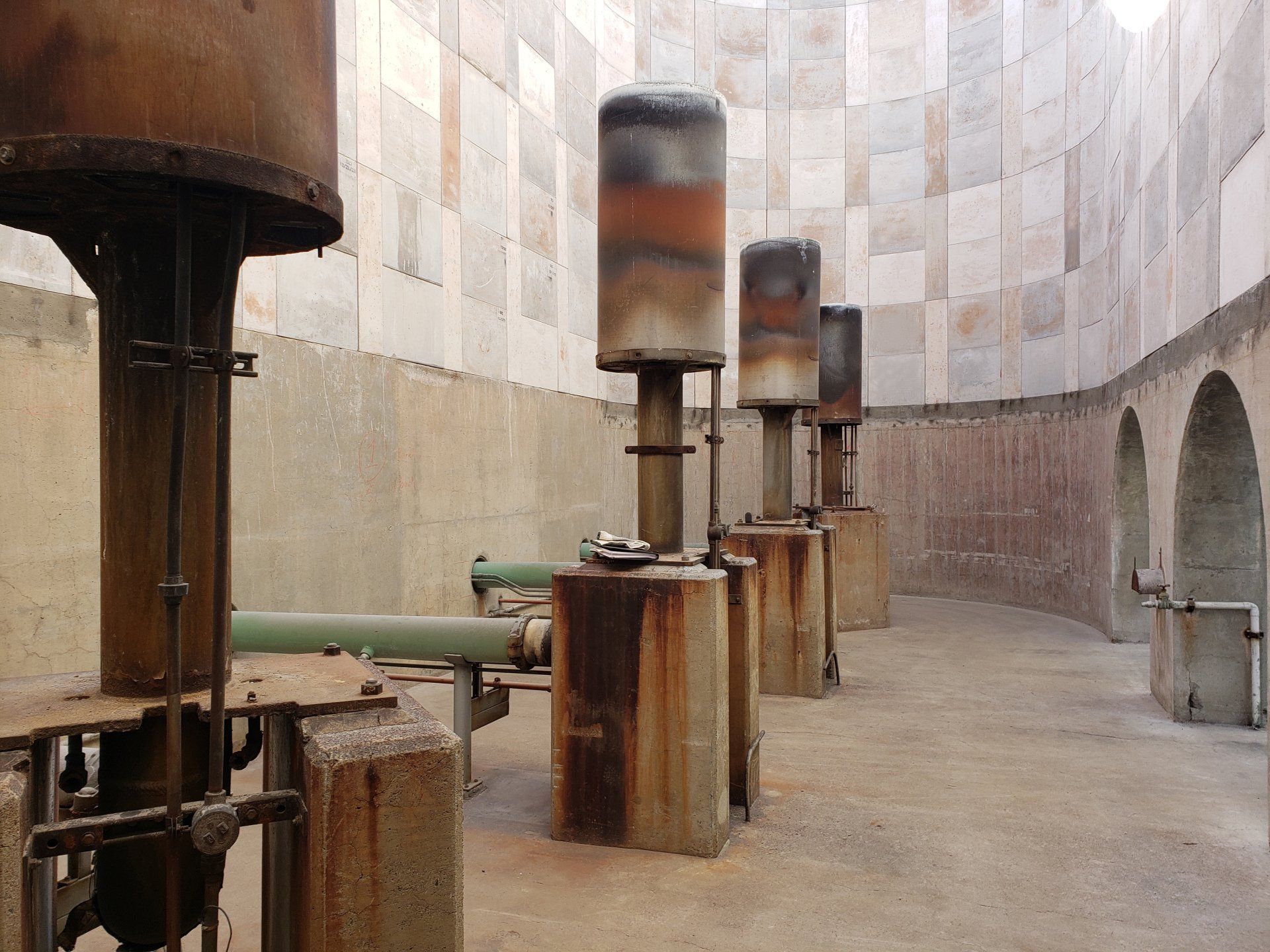
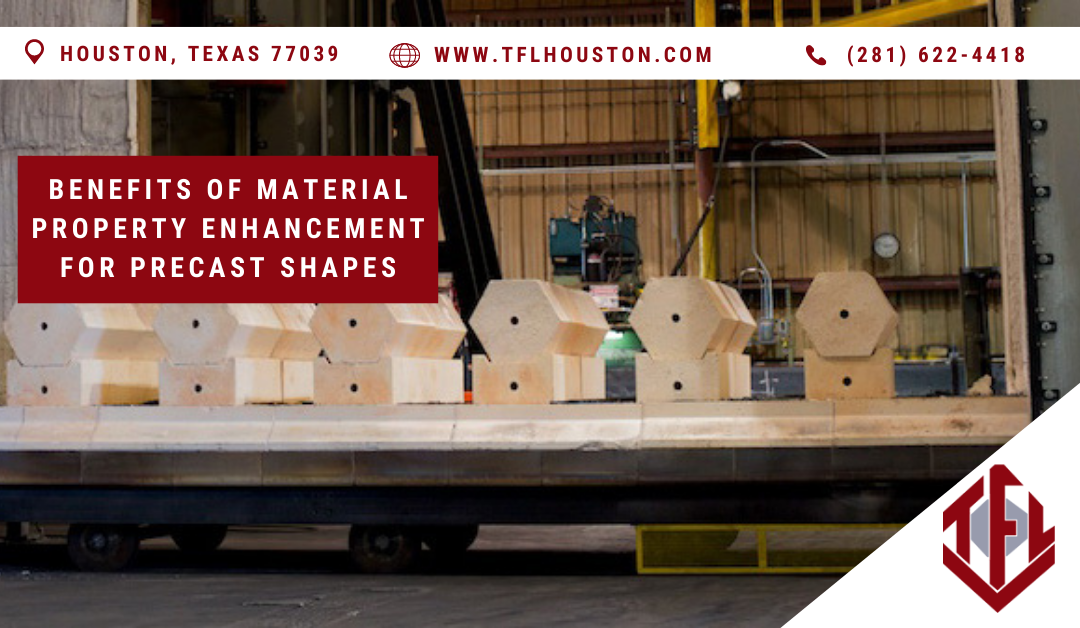
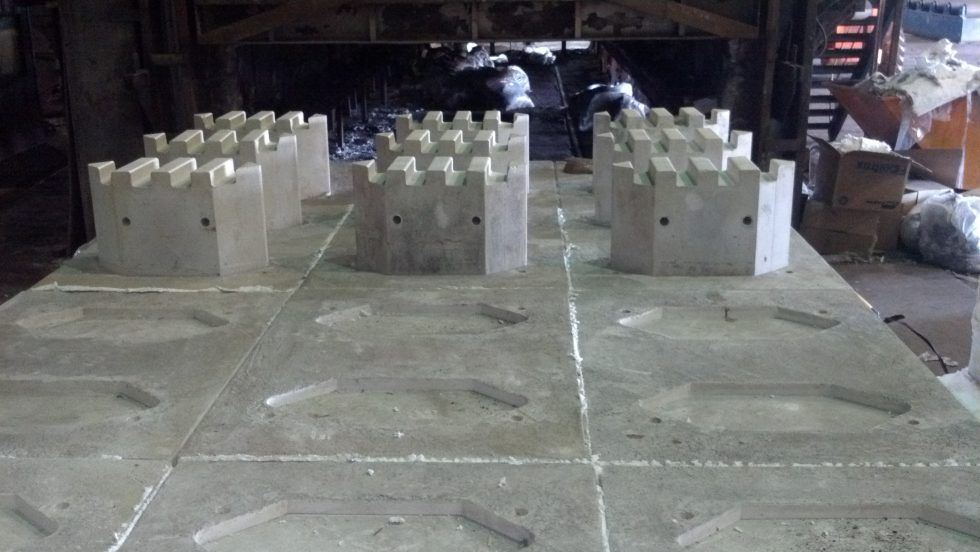

TFL Uses Custom Molding Techniques to Make Precast Refractory Shapes With Extremely Tight Tolerances
